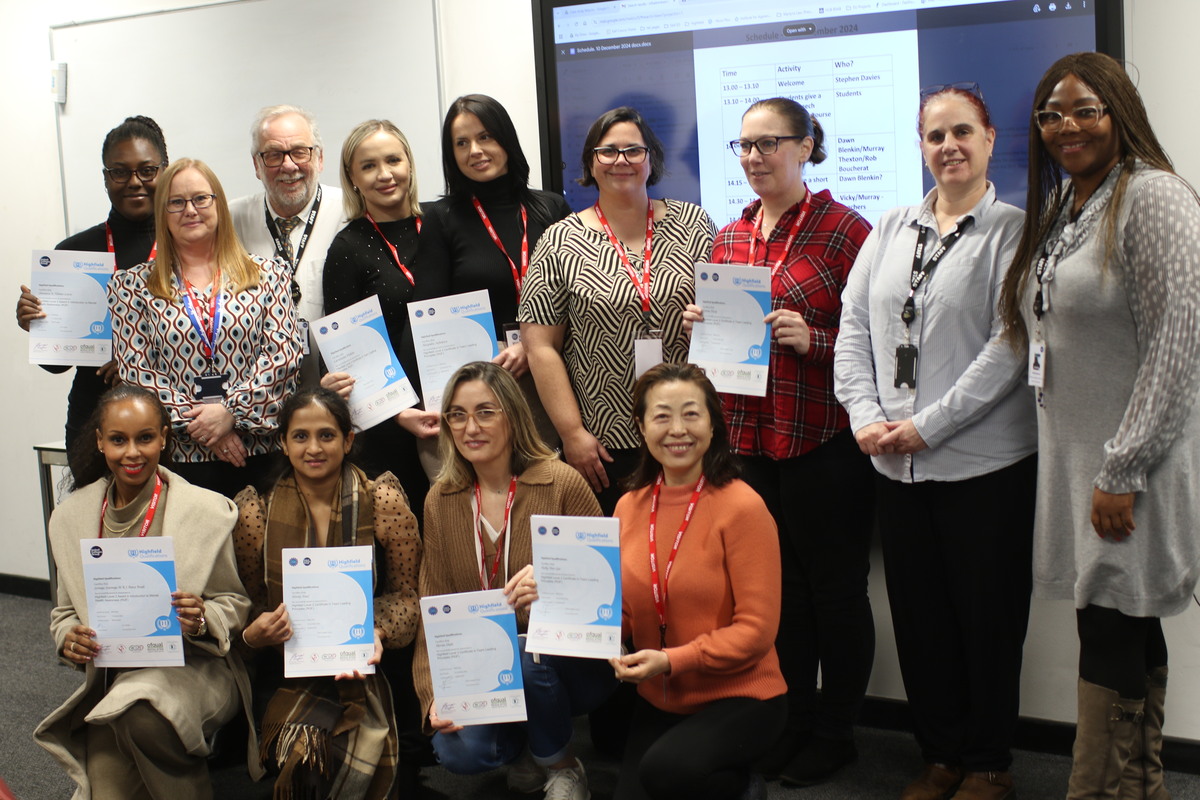New partnership announced to help young people into employment

The B2W Group has announced a new partnership with Movement to Work, a national charity focused on breaking down barriers to job opportunities for young people.
Movement to Work aims to help break the cycle of “no experience, no job” that prevents young people not currently in education, employment or training (NEET), from stepping onto the career ladder, something which The B2W Group works tirelessly to achieve through its range of national fully funded training courses, apprenticeships and skills bootcamps.
This partnership looks to link unemployed young people with employers via professional training courses provided by The B2W Group, with entry level opportunities available for young people across the UK in digital and IT, HR, green energy and much more.
Speaking on the newly announced partnership, Sareena Bains, CEO of Movement to Work, said;
“We are delighted to welcome The B2W Group as a new partner of Movement to Work. Their mission to empower people with the knowledge, skills, and confidence to develop their careers supports our mission to break down barriers to employment for NEET young people.
“We are excited to be working together and look forward to creating meaningful opportunities that will make a lasting impact on the lives of those we serve.”
Adam Jones, Chief Customer Officer at The B2W Group, added;
“We are thrilled to be part of the Movement to Work programme. Across the B2W group, we care passionately about opening opportunities for all, and this partnership aims to build on the work we do in unlocking high quality skills and employability opportunities for young people aged 18-30.
“If you look at the unemployment statistics in the UK, this age group has the highest unemployment rate of all, so ensuring we secure their future is economically critical.
“It’s charities like Movement to Work who are trying to connect employers with this amazing talent pool to secure our nation’s future productivity.”











Responses